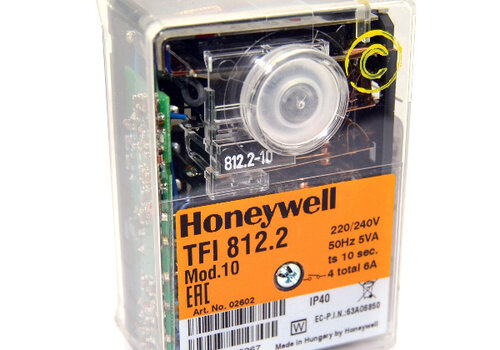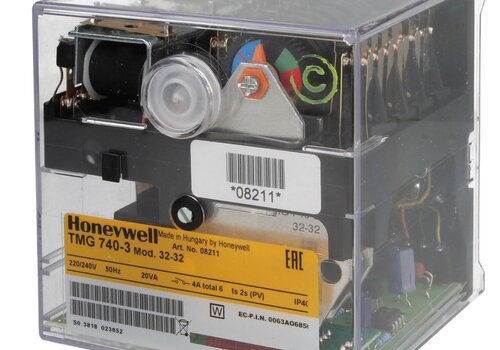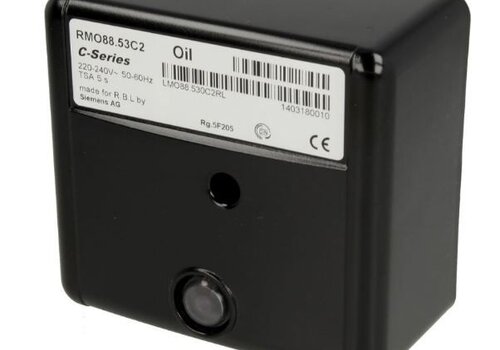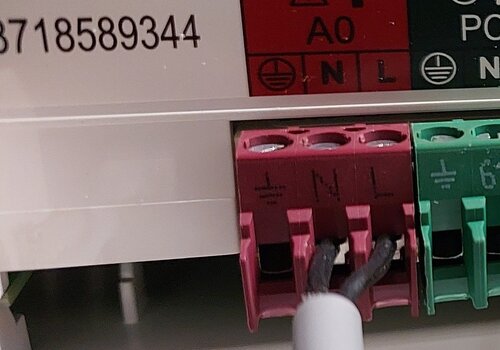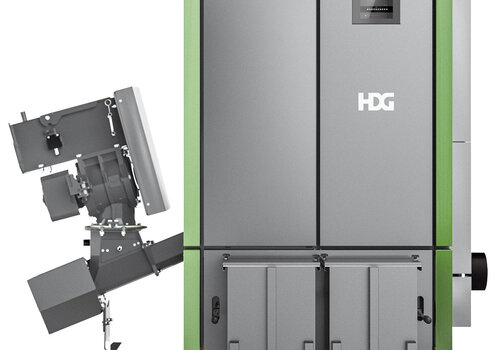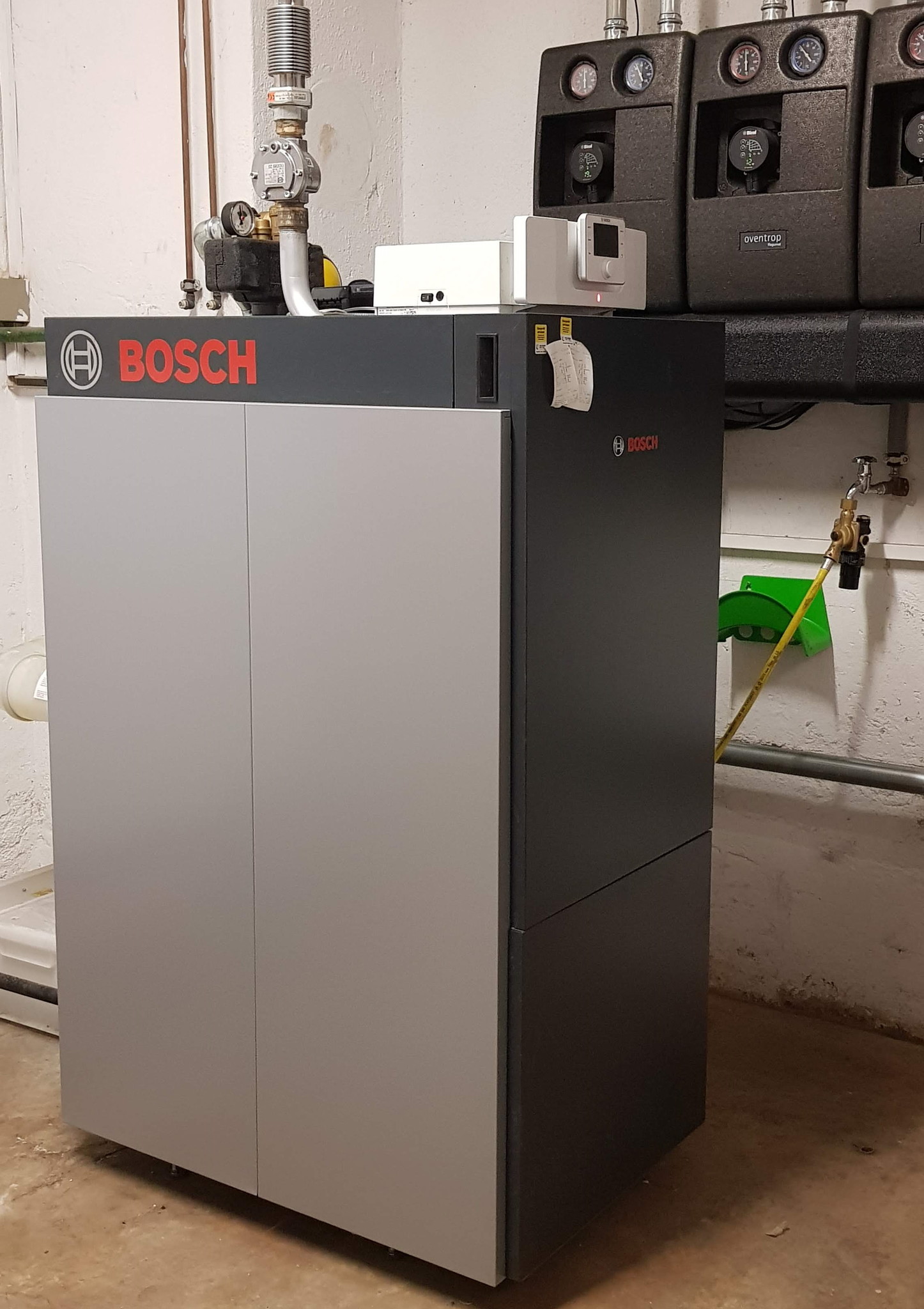
Heatings unfortunately keep failing for a wide variety of reasons. Experience has shown that this usually happens at inappropriate times. Such failures are usually very stressful for janitors, facility managers and heating installers. A failure is usually only noticed when the building has cooled down or no hot water is available.
The residents then call annoyed and action must be taken very quickly.
With a heating detector, you can mitigate these types of emergencies and act proactively.
Many heating systems have an electrical signal output (often alternatively via a malfunction lamp --> see COMOTIX® version "RGB signal"). The malfunction output is switched as soon as a malfunction occurs in the system, e.g. burner malfunction, insufficient water pressure, etc.

Example:
In an office building, the heating kept failing on weekends. As a result, complaints and stress arose on Monday morning because the office rooms had already cooled down significantly. The emergency service required is expensive and the tenants often had to sit in the cold for a long time.

Solution: The built-in Bosch control has an output for "Collective fault message, output A0". In this case it is designed as a 230V switching output. Such an output is available as a potential-free version on many heating systems.
A simple signal relay was connected to the 230V output. Its potential-free output was connected to the input of a COMOTIX® Contact device.
The heating installer and the janitor now receive an immediate message as soon as the heating system malfunctions. This enables them to act proactively at an early stage and even rectify faults before the tenants notice them.
What to do if there is no switching output?
Many older heating systems switch on a warning lamp in the event of a malfunction. You can monitor these fault displays with a COMOTIX® RGB signal device.





